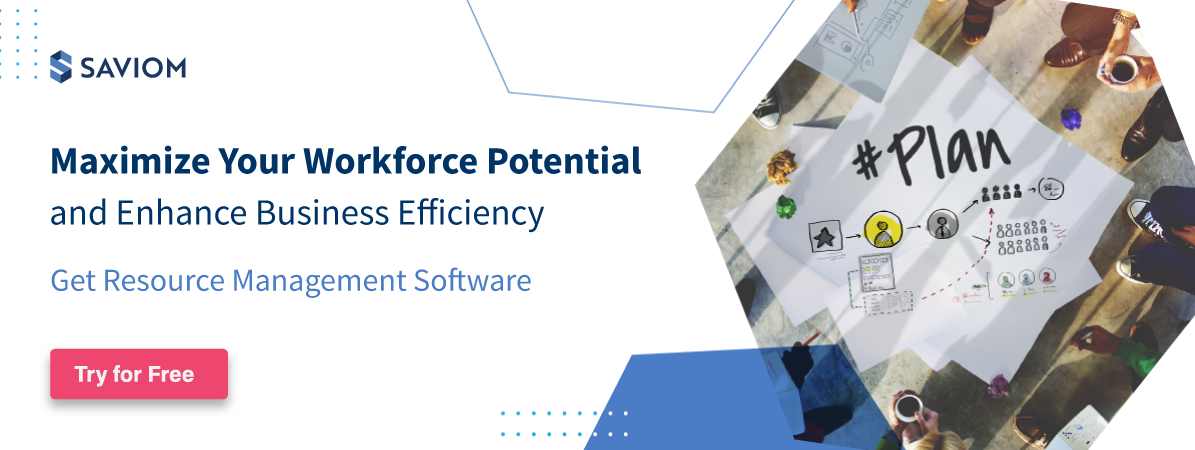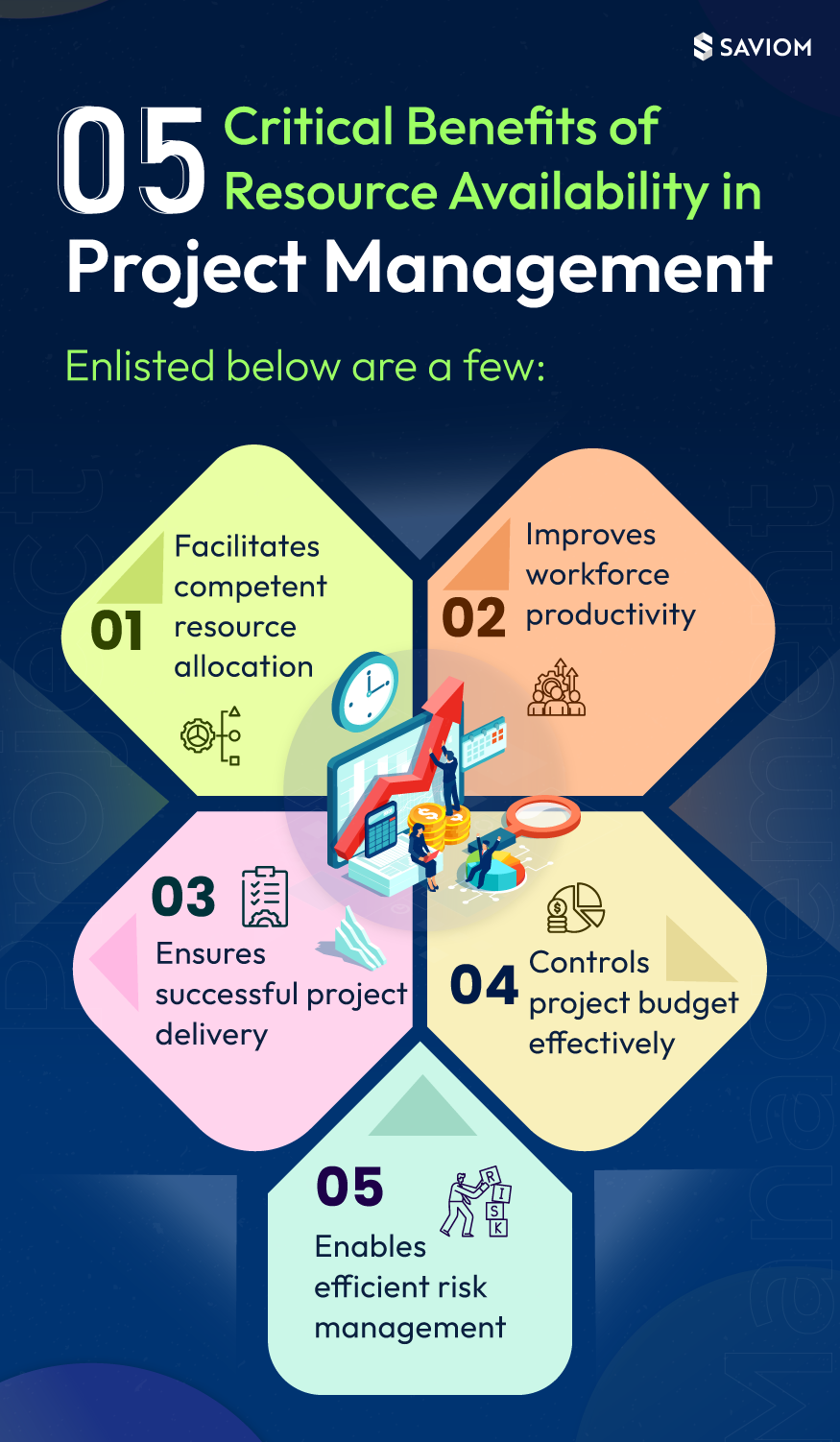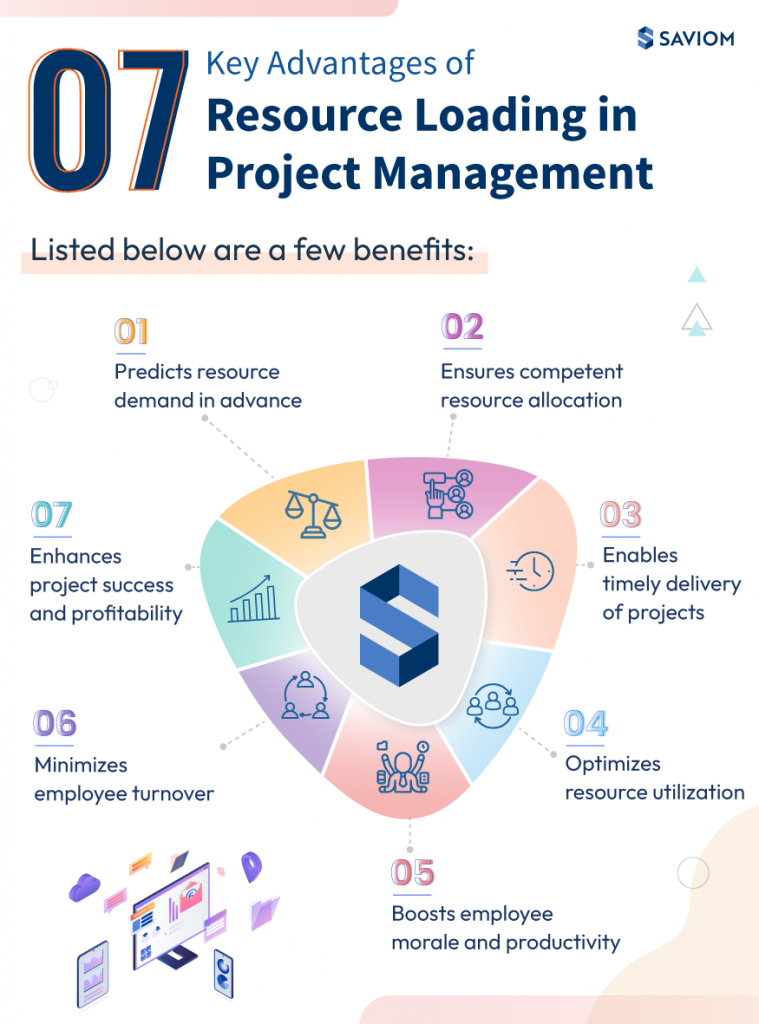A recent PMI research revealed that the companies that undervalue the importance of creating a project plan report an average of 67% of their projects failing.
Undoubtedly, a good project planning process is time-consuming and requires due diligence. However, poor planning deviates the project from meeting its objectives, and the risk of running into budget/schedule overruns and subsequent project failure is inevitable.
These challenges can be tackled with a meticulous project planning process. It enables the project managers to pen down every nitty-gritty of the project and not overlook any critical attribute.
However, there is more to project planning than simply defining a timeline of activities. Here is the detailed blog post that will help you create an effective project plan for your next project.
But first, let’s start with the basics:
What is a project management plan?
A project plan defines the project’s goals, resources, strategies, finances, risks, and plan of action in great detail. In addition, the project management plan includes other relevant documents, such as project charter, risk register, communication strategy, etc.
Thus, in simple words, a project plan is a well-defined roadmap of a project’s life cycle that helps project managers to steer the project successfully.
Importance of project management plan
Research from the Project Management Institute indicates that there is a substantial correlation between a project plan and project success.
The better your plan, the better is the outcome. For example, let’s take two scenarios. One, where all the project details are defined before the execution begins, and the second, where there is no clear visibility of the scope, deliverables, resources, risks, etc.
What do you think, which one will lead to successful project completion? Certainly, the former.
The project plan sets the stage for the entire project. It brings together all the project-related information in one place that opens doors for seamless communication and provides a shared vision and clarity to all stakeholders and team members.
The initial steps of project planning comprise forming a work breakdown structure and dividing the project into simpler tasks. Once the tasks are enlisted, it facilitates seamless resource planning and allows managers to create a systematic and precise project schedule.
In addition, during the execution stage, the project plan serves as a reference/blueprint to the entire team, stakeholders, and managers. It determines whether or not the project tasks are on schedule and helps to deliver the agreed-upon products or services. Managers can also mitigate risk and maintain quality at all stages of the project from initiation to completion using the project plan.
Thus, good project management always starts with a project plan. It is a key component that propels the completion and delivery of projects within time and budget.

Given the benefits of a project plan, let us now delve into its various components to lead the project to fruition.
Components of a project plan
Here’s a rundown of some critical project plan components that you shouldn’t miss while formulating the roadmap:
Project scope and deliverables
The project plan first defines the objectives and scope. Then, it breaks down the project into tasks and subtasks to simplify the complexities of the project and allow seamless resource planning.
Project timeline and budget
The financials and timeline are the critical components that are planned at the start of the project. It helps project managers adhere to the stipulated budget and timeline as well as monitor the deviation between planned vs. actuals for taking necessary corrective measures ahead of time.
3. Work breakdown structure
The foundation of projects starts by creating a WBS, which divides the project into logical tasks. Using a WBS, managers break down the project into manageable components that are further split into subcomponents, activities, and tasks. It allows project managers to build a link between tasks and activities, identify resource requirements and avoid duplication of efforts.
Project milestones
After the tasks are determined, the next crucial component is to define project milestones. They are the progress indicators that act as checkpoints in the project. They can be treated as mini-projects with their own deliverables. This makes it convenient for managers to monitor the project’s progress and offer a sense of accomplishment to the teams.
Resource plan
An effective resource plan enables managers to foresee the skill demand and fill the gap proactively. It also helps managers schedule the right resource on the right task for productive utilization and timely and quality-driven project deliveries.
Risk management
The risk management framework helps to identify the issues that could derail the project. It will also focus on implementing reasonable control measures to eradicate or lessen the impact of these risks if they do occur.
Communication plan
A communication plan outlines how the team and stakeholder communication will be managed throughout the project. It also explains what updates they expect, which decisions need reviews and approval, and who’s responsible for each action.
Stakeholder management
One of the key functions of project managers is maintaining a healthy balance with stakeholders. It involves assessing their expectations, getting buy-in for major decisions, and developing appropriate strategies to execute their expectations in alignment with project activities.
Change management
If any change request (in terms of budget, timeframe, resources, and quality factors) arises, then a change management plan helps managers to evaluate the impact on the project’s performance. If proven feasible, managers can then take approval from the change control board to introduce the amendments.

Keeping these project plan components in mind, it’s time to get the steps right.
How do you create the perfect project plan?
It’s a new day. Your executives inform you that you are appointed as a project manager for a new project. With a pile of print-outs and emails, you’re tasked to build a project plan for your team. As a beginner, questions like ‘where to begin with?’ would strike you.
Creating a project plan can be a daunting task at the best of times, even more, when you are new to the realm.
Don’t panic! Mentioned below are nine vital steps that can help you to create an effective project management plan. It will also ensure your project completes on time and within budget.
Step 1: Define your project
Defining project scope is the foundation of any project. It distinctly clarifies goals and objectives and gives clear visibility on what work has to be done to achieve the project deliverables. The project manager has to:
- Identify client’s needs and expectations
- Define project budget and deadline
- Break out the main deliverable into milestones
- Estimate resource demand
- Create Work-breakdown-structure (WBS) and Statement-of-work (SOW) for a systematic division of tasks.
Defining the project objectives sets a reference for the entire project and prevents scope creep at the later execution stage.
Step 2: Determine project budget
The budget for a project is the combined costs of all activities, resources, equipment/tools that the project must fulfill. In short: it’s the total amount of money required to finish the project that should be approved by all the stakeholders involved.
Only after the project budget is defined can managers find the right resources at the right cost and create a schedule.
Step 3: Estimate the resource demand and their availability
Once the budget is defined, the next step entails considering two viewpoints: First, managers need to understand each task diligently, along with the skills and team members to be involved. Assessing the skill demand helps managers estimate the best-fit available resource and do justice to the project tasks.
Second, before scheduling the resources for a specific project, managers have to check the resource availability to avoid overbooking or double-booking. If the required resource is unavailable, It also gives enough lead time to managers to conduct planned hiring and creates the right resource mix that suits the project budget.
Step 4: Create a project schedule
A project schedule is a roadmap of tasks to be accomplished during the project’s course to reach the finish line. Once the manager completes analyzing the resource demand and availability, he can then form a precise project schedule.
Sometimes, the schedules of booked resources are also stretched thinly. In this case, project managers need to implement resource optimization and scheduling techniques to maintain the resource health index. Thus, when all the parameters of resources are checked, managers can allocate resources to the project.
Step 5: Identify project dependencies with a Gantt chart
According to PMI, more than 26% of projects fail due to resource dependency. Therefore, understanding project linkages is critical in delivering projects within scope, time, and budget. However, if not appropriately managed, all these interdependencies can lead to discrepancies and conflicts among teams. Project dependencies can be based on any deliverable, process, task, technology, product, or resource.
For instance, during a project’s tenure, many tasks take place simultaneously, while some can only kick-start when the other resource completes the task-in-hand. Thus, Illustrating all tasks through a Gantt chart gives clear visibility into diverse interdependencies across project teams.
Step 6: Assess potential project risks
An important aspect of project planning is identifying the factors that may derail your project. Some projects are easy to manage, and others are a complete nightmare. So, to avoid last-minute firefighting and unwanted bottlenecks, managers must assess potential project risks ahead of the curve.
Risks can be in any form, such as any key resource taking an unplanned leave, sudden attrition of many resources, or the project budget exceeds due to last-minute procurement of any asset/tool, and so on. Therefore, it is necessary to determine risk tolerance and risk management strategies well in advance to mitigate risks that come along the way.
Step 7: Set a communication plan
Poor communication contributes to project failure, and might result in huge financial loss to the company. Thus, project managers should create an efficient communication strategy to determine how essential information will be communicated throughout the project with stakeholders and other teammates. It helps in driving the momentum of the project, ensuring that the team maintains the deadline and quality.
In addition, using a centralized platform also keeps everyone aware of the project’s progress in real-time and helps managers form a seamless resource requisition or conflict resolution process.
Step 8: Visualize through what-if analysis
Once managers create a systematic and logical plan, then they can implement modeling and simulation techniques to the project plan. This simulation technique is also known as the ‘what-if analysis.’ The feature allows managers to change variables and get multiple outcomes. Then, based on this analysis, they can select the best-fit scenario for the project.
Managers can even foresee potential bottlenecks and form a backup or an action plan in advance. One can also compare the changes made in each scenario on various project finances such as budget, revenue, ROI before applying the viable option on the actual resource plan.
Step 9: Present the project plan to stakeholders
Since the project plan is used by managers for successful project execution, it needs to be formally approved by stakeholders. Typically, the project plan is often evaluated and approved by the project sponsors, C-level executives, or the decision-makers of a firm. The aim is to be clear and persuasive so that the stakeholders understand the overall project and resource-based strategy and agree with the priorities.
Upon official approval of the project plan, project managers can assemble a team to complete a project on time and within budget.
The Takeaway: Project plan best practices
In conclusion, below are some additional tips that you may use to create a perfect project plan.
- Use project resource management software to form a real-time resource schedule in the Gantt chart.
- Forecast the project resource demand and use capacity planning solutions to gauge the skillset and futureproof the workforce.
- Create an effective resource planning solution to keep the health index in check and enhance productive utilization.
- Outline project risks, dependencies, and constraints in a project plan well in advance.
- Collaborate with stakeholders who have handled similar projects in the past to rectify the mistakes in a project plan or add the missing components.
- Continuously review and update the project plan. This meticulous monitoring will help prevent the project from scope creep.
The Glossary
The SAVIOM Solution
SAVIOM is the market leader in offering the most powerful and configurable solutions for managing enterprise resources efficiently and effectively. Having more than 20 years of experience, this Australian-based MNC has a global presence in over 50 countries. It is also popular with more than 100 customers and helping them to achieve their business goals. SAVIOM also has products for project portfolio management, professional service automation, and workforce planning software which can be easily customized as per business requirements.















